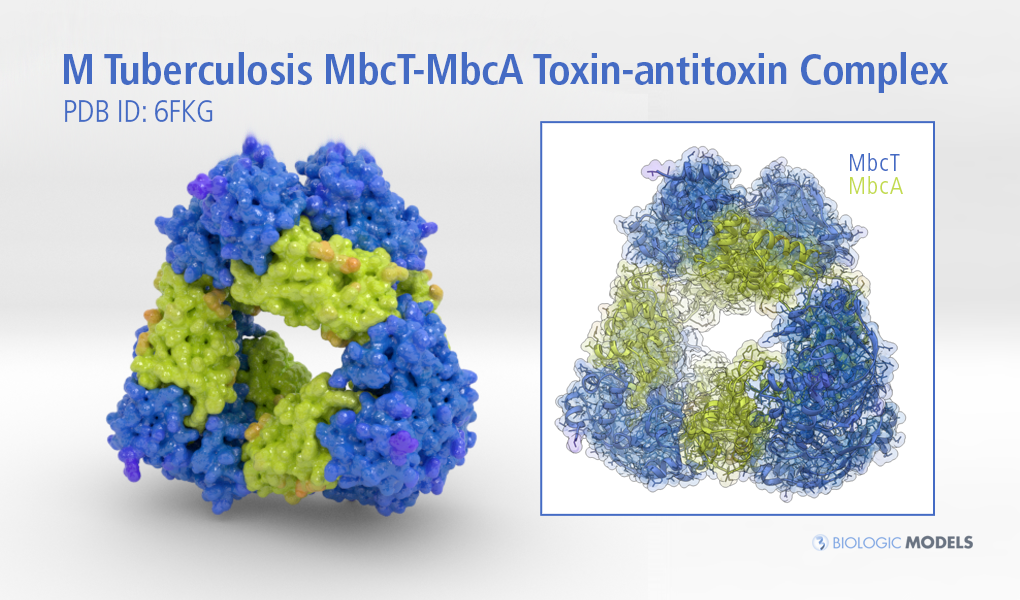
Researchers at EMBL in Hamburg recently discovered that the Tuberculosis bacteria has a special toxin-antitoxin system with a surprising function. Once the system activated, all bacterial cells die and stop the disease.
Tuberculosis (TB) is one of the top 10 causes of death worldwide. mTuberculosis is a species of pathogenic bacteria in the family Mycobacteriaceae and the causative agent of tuberculosis. Toxin-antitoxin (TA) systems regulate fundamental cellular processes in bacteria and represent potential therapeutic targets. The genome of the bacterium that causes TB holds a special toxin-antitoxin system with a surprising function: Once the toxin is activated, all bacterial cells die, stopping the disease. Researchers at EMBL in Hamburg investigated this promising feature for therapeutic targets.
Protein Description
Toxin-antitoxin (TA) systems regulate fundamental cellular processes in bacteria and represent potential therapeutic targets. The toxin, MbcT, is bactericidal unless neutralized by its antitoxin MbcA. In the absence of MbcA, MbcT triggers rapid M. tuberculosis cell death, which reduces mycobacterial survival in macrophages and prolongs the survival of infected mice.
Biologic Explorer: 6FKG
Http iframes are not shown in https pages in many major browsers. Please read this post for details.You can read more about the M Tuberculosis Anti-toxin Complex at Phys.org: LINK
Model Description
Biologic Model of M.tuberculosis Anti-toxin Complex MbsTA 3D created from PDB ID: 6FKG and printed in full-color sandstone and colored to visualize the different chains of the heterododecameric structure (trimer of heterotetramer) of MbcT-MbcA. Designed to accompany publication: Tuberculosis: Commandeering a bacterial ‘suicide’ mechanism
3D Print M.tuberculosis Anti-toxin Complex